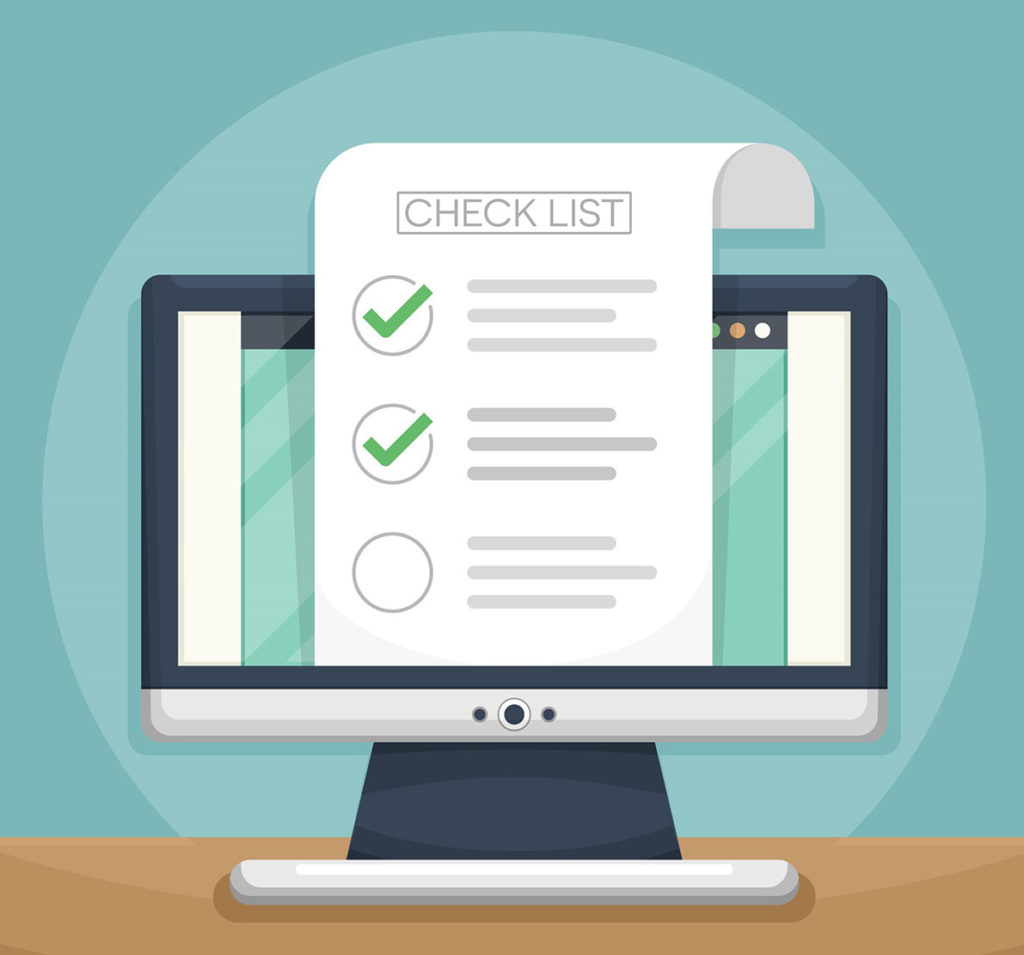
Test Plan Template | What is a test Plan | Test Plan Sections
It is a No-Brainer that every Software Engineer knows the definition of a Test Plan and is aware of its components. Besides, it is also one of the Most Commonly asked questions in a Software Engineering interview! I often come across situations where testers feel difficult to draft a Test Plan template.
What is a test plan
Whenever a QA Manager or a Lead asks their team members to write a Test Plan, the first thing everyone does is Google and find out the content or structure of the Test Plan.
Hence, I decided to pen down the structure of a Test Plan document – as it is one of the first and foremost documents to be drafted while initiating a Quality Assurance Process. The test plan contents helps you identify the test plan and its necessities.
This Blog will also help us understand the need of having a particular section in a Test Plan and what data should go within that section. A Perfect website test plan document is crucial before starting the project.

Buy Test Plan Template
If you happen to be a QA Manager, QA Lead or a Software Tester, I might have something to make your life easy. Testing Genez has created a template which would help you to get a ready-made structure and layout of a Test Plan document. So now your job is only limited to customizing the content as per the Project requirement.
Let’s discuss the layout and the Test Plan template and the sections within:
Different Elements of Test Plan Document
1: Cover Page:
This page is important as it includes the Name of the Project for which the Test Plan is being created. Besides, it also contains brief details about how the plan would work in the Project along with the Author’s Name.
2: Document History Log:
This is one of the important sections and ideally this section should be present in every document. This section is used to maintain the track of all the changes that happen in the Document during the course of the project. Whenever you draft a Test Plan for the first time, you need to update the logs.
In this section, there should be an option to mention the dates on which the changes were made, the Name of the Reviewer along with details of the Approver, who are responsible for reviewing and approving the changes respectively. Every change should be associated with the version number along with a brief description about the changes (what, why, when, how) that were made.
3: Reference:
This section is used to describe the basis on which the Test Plan is being drafted. Every Test Plan has some questions which needs to be answered by the team members or stakeholders.
How these questions have been answered whether over the phone, or via email or discussed in other meetings etc. are part of this section. So, we need to highlight the references that were considered while drafting this Test Plan and need to have them in this section.
4: Introduction:
This section introduces the Test Plan – Its usage, all the things that have been discussed as a part of the project plan along with information about the team members who would be using and managing it.
5: Testing Strategy and Test Approach:
This is one of the most important sections, if not the most, in a Test Plan. It usually identifies the different levels and types of Testing that will be performed. Also, it includes information about the devices, platforms, browsers and screen resolutions – to be considered while testing.
This helps everyone in the team to understand what is the coverage of testing. It also gives insights on the Testing Process which will be followed in the project. Overall, the Testing approach and strategy revolves around this section.
6: Scope of Testing:
This section describes the scope of testing which includes functional, non-functional aspects of the application. It also describes what all types of non-functional testing will be in scope.
It highlights the features that need to be tested and features that aren’t needed to be tested along with the Entry and Exit criteria of Testing.

7: Testing Artifacts and Deliverables:
This is again one of the important sections in a Test Plan document. It consists of a list of all the Artifacts which Testing team will be developing and delivering during the QA process. The documents such as Test Cases, Test Execution Report, Regression Tests, Bug Reports, Acceptance Tests are mentioned in this section.
This helps everyone in the team to know what deliverables they will be getting at the end of the Testing and where these documents are kept, so that these documents can be accessed at any point of time.
8: Project Management Process:
This section describes how features and tasks will move from start till the end. This section is important for everyone to understand where QA team will play a major role in the Project Management.
This describes important things such as what tools will be used, what will be the location where project related artifacts are present in these tools and other important things which includes Requirement analysis and role of testers in this phase, how the deployment process will work, how testers will be communicated about a bug fix etc.
9: Testing Environment:
This section lists out different environments where Testing has to be performed along with their links and test credentials, if required. Many times, it has been observed that a tester is performing testing on a different instance altogether.
And the primary reason for this is – Miscommunication. Listing down available environments along with their link helps every member understand where testing has to be performed.
10: Bug Reporting and Bug Classification:
This section plays an important role when there are multiple testers involved in a project. So when multiple team members are participating in testing, it is important to set or define some rules for bug reporting and set a particular technique to classify every bug.
Every person has their own style or format of reporting bugs and their own understanding to classify the type of bug which makes difficult for developers to understand. Often, this leads to confusions as to who should be assigned the newly created bug.
Having this section in a Test Plan document solves all of the aforementioned problems where team members finalize a template (for bug reporting) and a process (on how the bugs should move and get fixed in the project).
11: Testing Schedule and Responsibility:
This section gives details about
- The schedule for different activities that the QA team has to perform in the project.
- who is responsible for performing each activity and who will be the reviewer.
This section keeps everything transparent within the team.
12: Testing Tools:
This section describes the list of all the tools along with access to their links which will be used in testing.
For Example – This section contains information about:
- What tool would be used for Reporting Bugs;
- Which tool will be used for Cross Browser Testing; and
- On which tool we would be writing/adding our Test Cases etc.
13: Risks and Assumptions:
This is a lifesaver section for all Testers. Here they should highlight all possible risks and assumptions which they think might impact their testing process. It is always good to write down all the points so that it serves as documentation proof to everyone.
Few Notable Examples for this section are –
- Code Freeze should happen at least 4 hours or 1 day before the release.
- Developers should share Release Notes for every build, etc.
Based on the risks present in this section, the entire team should work together for the contingency plan and how to mitigate these risks.
Conclusion
There can be many other points which generally every standard Test Plans have; however, I would like to believe that those would not be fit to be categorized as standard points. Also, the points could vary from one project to another project.
I have tried to keep my Test Plan simple and generic so that most of the QA Resources out there could benefit from this. Some people may have different thoughts about Test Plans; hence I would not say that I am 100% right while writing this. However, this test plan brief is based on my decade long QA Experience.
PS:
I have not added details related to Automation Testing, Performance Testing, Security Testing in this Test Plan outline, because I feel these are more specialized form of testing and there should be separate Test Plan applicable for each of these testing. Do let us know if you are also looking for automation test plan template.
Feel free to contact us or Mail us to business@testinggenez.com for more information. Testinggenez offer affordable and quality testing services. We assure you the best work for your web and mobile applications





